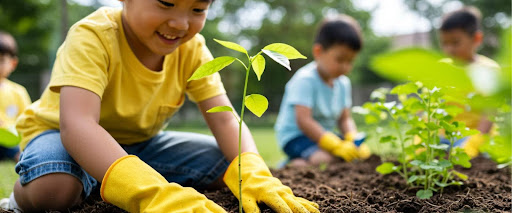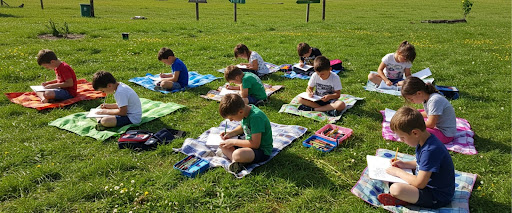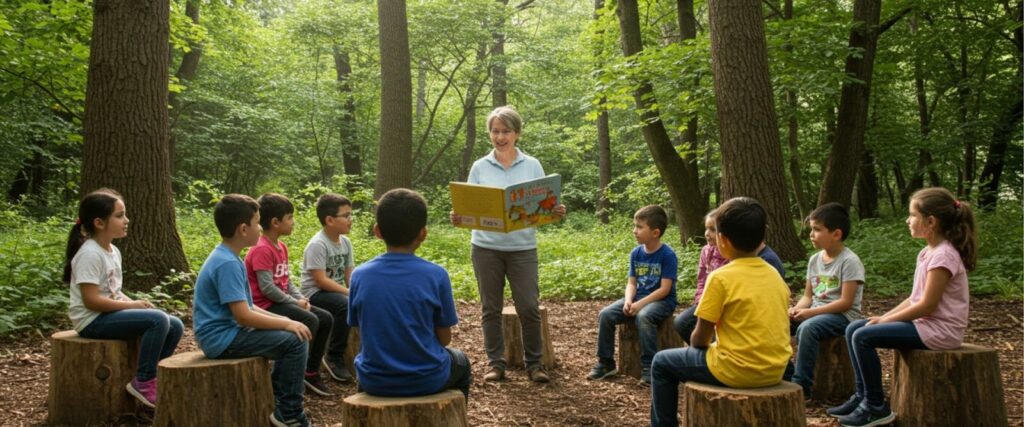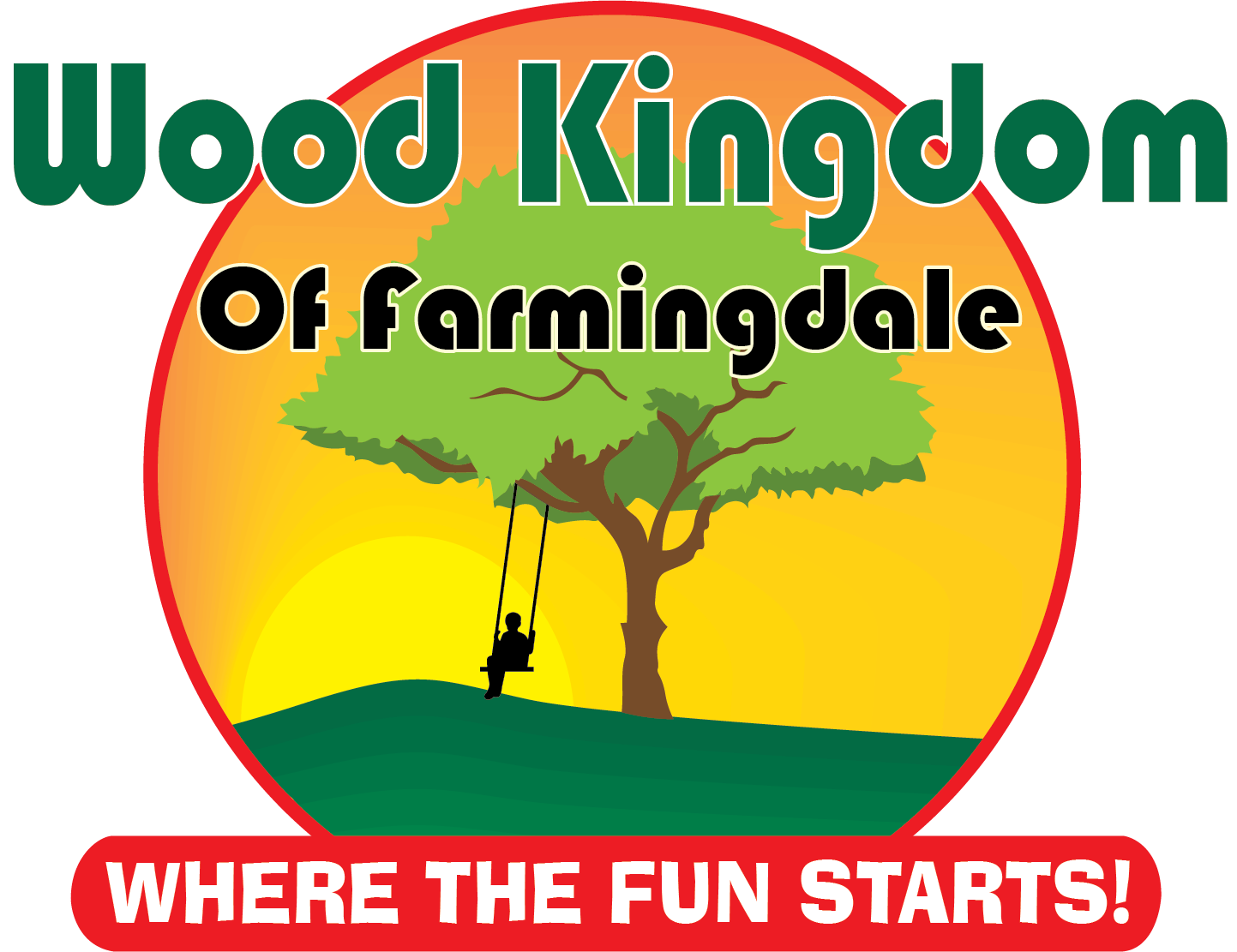Outdoor classrooms go beyond the usual four walls and give kids a fresh way to learn based on nature and hands-on activities. As education changes, many schools and families are looking for new approaches to improve learning. Outdoor classrooms are not just a fad; they are a new way to learn.
Understanding the benefits of outdoor classrooms can change how you think about places where people learn, whether you are a parent, teacher, or administrator. This article explores seven key benefits of outdoor classrooms that are changing education for the better, supported by the expertise of companies like Wood King West, which helps create engaging outdoor learning spaces.
What is an outdoor classroom?
An outdoor classroom is a place in nature where kids can learn, play, and explore. These areas are meant to have natural materials, things that people can engage with, and plenty of room for creativity. Outdoor classrooms can be as simple as a little garden or as complex as big, well-organized learning spaces with seating places that are beneficial for the environment.
Small outdoor setups, such as swing sets, playhouses, or interactive playgrounds (like those from Wood Kingdom West), can serve as backdrops for robust outdoor education for kids in neighborhoods or schools.


Benefits of Outdoor Classrooms for Kids
7 important benefits of outdoor classrooms that are making education better are discussed in this article. Organizations’ knowledge supports these benefits, contributing to the enjoyment of outdoor learning environments.
1. Boosts Creativity and Imagination
One of the core kids’ outdoor classroom benefits is the enhancement of creativity. Nature inherently sparks imagination. Outdoor settings are always changing because of the weather, the seasons, and the time of day. Such an environment is different from traditional indoor classrooms, which have permanent walls and limited resources.
Logs can be anything, like a spaceship, and leaves can be paint supplies. This natural variation inspires children to think creatively and aids in their problem-solving skills. The benefits of an outdoor classroom for kids include encouraging them to design their own games, negotiate roles, and collaboratively develop storylines. This process not only nurtures individual creativity but also strengthens social-emotional skills like negotiation, compromise, and empathy. When children are given the freedom to explore and create in a natural setting, their imaginations are allowed to flourish unhindered, leading to more original thought and problem-solving abilities.
2. Encourage hands-on learning.
Kids can interact with their surroundings in a direct way when they are outside. Instead of just reading about how plants grow, kids can plant seeds, water them, and watch how they change over time.
Kids learn better when they do things with their hands because they are more involved in their education. This kind of learning is extremely helpful for science, geography, and environmental education. Studies have shown that children who spend more time learning outdoors exhibit improved concentration, attention spans, and problem-solving skills. The dynamic nature of outdoor environments, with their constant changes and unpredictable elements, encourages critical thinking and adaptability. For instance, watching wildlife, understanding weather patterns, or designing a natural fort all require observation, analysis, and creative solutions.
3. Improves Physical Health
Outdoor classrooms encourage movement. Kids are considerably more active outside than they are when they sit at a desk. They can run around, dig in the dirt, or climb a tree.
This physical activity boosts cardiovascular health, builds stronger muscles, and enhances gross motor skills. Additionally, time spent outside exposes children to sunlight, leading to increased levels of vitamin D. The fresh air found in outdoor learning spaces also contributes to better respiratory health, reducing exposure to indoor allergens and pollutants that can exacerbate conditions like asthma. This constant, gentle engagement with the physical world fosters a foundation of health and vitality that can last a lifetime.
The benefits go beyond only physical well-being. Kids also feel better after moving around during the day, which helps them stay focused and attentive during “sit-down” learning moments that come next.
4. Reduces stress and anxiety.
Nature has a calming effect. When kids spend time outdoors, levels of the stress hormone cortisol are reduced. Outdoor spaces provide a break from the overly stimulating environments of indoor classrooms filled with buzzing technology, fluorescent lighting, and rigid seating.
A nature-based education fosters mindfulness, enabling kids to learn how to self-regulate their emotions. This improved emotional state has a direct impact on learning. When children are less stressed and more at ease, they are better able to focus, absorb information, and engage positively with their peers and educators. The inherent joy and wonder of outdoor exploration contribute to a more positive overall school experience, fostering a love for learning that extends beyond academic achievements.


5. Inspires Teamwork
Outdoor activities often make pupils work together. For instance, in an outdoor classroom, a group activity could be to plan a little garden or build a fort to play in. To do these jobs, you need to talk and work together.
Kids learn important life skills like how to negotiate, make deals, and settle disagreements through these activities.
6. Improves cognitive skills and focus
Prolonged periods in nature have been associated with sharper cognitive function and improved attention spans. Outdoor classrooms foster experiential learning, which activates multiple senses simultaneously, leading to deeper comprehension.
For children who struggle with attention in traditional classrooms (e.g., those with ADHD), outdoor learning provides an environment where they can focus better due to reduced distractions and movement-friendly settings.
7. Promotes Environmental Awareness
Lastly, one of the most impactful outdoor learning advantages is fostering a deeper connection to nature. Teaching sustainability, recycling, and conservation becomes much more effective when done in an outdoor setting.
Kids who grow up learning and playing in natural environments are more likely to grow into environmentally conscious adults. Outdoor classrooms lay the foundation for a generation of eco-minded individuals ready to care for the planet.
Consider installing eco-friendly play equipment like wooden swing sets and sheds to make your outdoor space aligned with sustainability.


How We Can Help
Creating an outdoor classroom doesn’t have to be complicated. Building play areas or incorporating nature-based equipment can aid educators in guiding kids toward meaningful experiences. At Wood Kingdom West, we specialize in customized outdoor solutions—from swing sets to gazebos and beyond.
Whether you’re a school administrator looking to revamp your campus or a family wanting to create a backyard learning space, our team can help you design and install outdoor setups tailored to your needs.
The Future of Learning is Outdoors.
With significant advantages ranging from cognitive development to emotional balance, outdoor classrooms are a must-have for modern education. By integrating natural learning spaces, we’re giving kids the tools to thrive in every area of life.
Want to create a customized outdoor classroom for your school or backyard? Discuss your vision with our experts at Wood Kingdom West. We’ll help you bring your ideas to life!
FAQs About Outdoor Classrooms
What are the best activities for outdoor classrooms?
Outdoor classrooms can include gardening, nature walks, creative storytelling, art projects using natural elements, and group science experiments. The activities should be dynamic and interactive to keep students engaged.
How do outdoor classrooms improve emotional well-being?
Outdoor classrooms reduce stress and anxiety by exposing kids to fresh air, greenery, and natural sunlight. This connection with nature fosters relaxation and emotional balance.
Do outdoor classrooms work for all age groups?
Yes! While designs and activities may need to be age-appropriate, outdoor classrooms can benefit children of all ages, from preschoolers to teenagers.
What materials are required to establish an outdoor classroom?
You can start with simple items, such as benches, tables, gardening tools, chalkboards, and interactive elements like swings or climbing structures. Custom playhouses or pergolas can elevate the experience.
How can I start small when creating an outdoor classroom?
Begin with a single element, such as a garden patch or small playhouse, and build from there. Adding features like wood benches or a sensory path can gradually transform the space.

